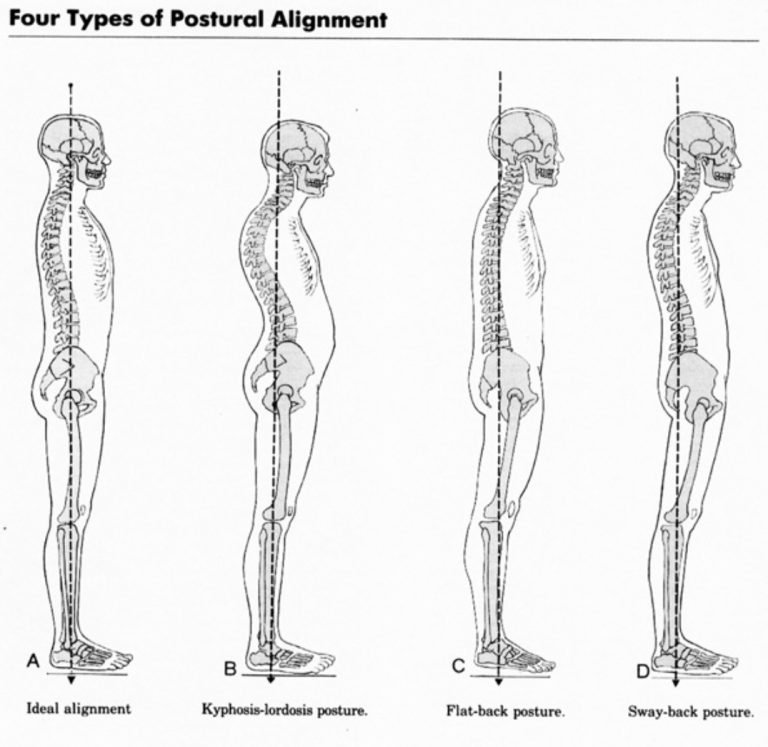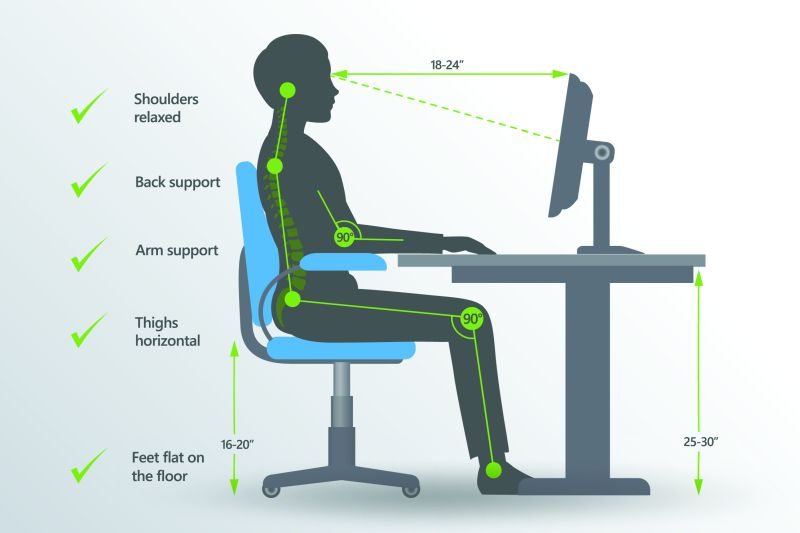




Health Information



The Art of Good Postures

The Art of Good Postures (by Sportsperformance Physiotherapy)
"Sit up straight!" or "Don't slouch!" are typical comments to hear when we were growing up. While we may have complied with the instruction, we probably need to understand the anatomical and biomechanical reasons behind it. Posture refers to how the body aligns and positions itself against universal gravity.
No matter which position we hold, e.g. standing, sitting, or lying down, gravity affects our joints, ligaments, and muscles. Good posture involves distributing the force of gravity throughout the body so that no single structure is overstressed. An architect has to consider these same principles of gravity and weight distribution when designing a building. Like a building with a weak foundation, a body with poor posture can experience strains and stresses over time.
When doctors or therapists assess a person's posture in standing, they typically look at the alignment of the weight-bearing joints. In an ideal scenario, the spine should have no lateral curvature when viewed from behind, and the legs should be symmetrical without excessive angulation at the knees or ankles. When viewed from the side, an ideal spine should have a gentle S-shaped curve with an imaginary vertical line divided by running from the highest point of the head through the body's centre of gravity. The imaginary vertical line should intersect the tip of the shoulder, the centre of the hip joint, and the ankle joint while slightly behind the knee joint. Maintaining this ideal alignment helps to distribute the body's weight evenly over the spine and lower extremity joints, reducing the amount of muscular effort required to maintain proper posture. This alignment also evenly distributes the pressure on the intervertebral discs and avoids excessive stress on the ligaments.

Most of us tend to develop poor postural habits while sitting, especially when driving or using a computer. As we focus on the task in front of us, we tend to protrude our head and neck forward. As the head protrudes forward, the thoracic also tends to round forward, causing the weight of the head and upper body to shift away from the spinal column. This shift strains the spinal ligaments and requires additional muscular energy to maintain balance and posture. Over time, this can lead to fatigue and even neck and upper back pain. Rounded shoulders, which occur when the car seat is too far from the steering wheel, further contribute to this pattern of imbalance. Ideally, the S-shaped curvature of the spine, which is characteristic of proper standing posture, should also be maintained while sitting. The recommended way to maintain an appropriate sitting posture is by sitting back in a chair with a straight back and placing a small cushion or folded towel in the small of your back to support the natural arch.

Maintaining correct posture while sitting and standing can help you work more efficiently while minimising fatigue and stress on your muscles and ligaments. Awareness of proper posture is the first step in correcting poor postural habits and reducing spinal stress and strain. By implementing good postural habits, you can prevent the development of structural anatomical changes that may occur if poor posture is left uncorrected over time.
In conclusion, the age-old adage "prevention is better than cure" holds when it comes to maintaining proper posture and preventing the harmful physical effects of poor posture. However, we have to bear in mind that everyone is different. And nobody is perfectly symmetrical. Having the knowledge of what is a good posture makes us aware when we are holding a bad posture. And this is a good start in preventing muscle strain or excessive joint compression.
Additional reading:
Neck shoulder pain relief



